The intersection of technology and fashion has reached new heights with the emergence of electromagnetic shielding cloaks designed for 5G radiation protection. What began as specialized equipment for laboratories and sensitive electronic work has now stepped onto the runway, blending cutting-edge science with contemporary style.
As 5G networks proliferate globally, public concern about electromagnetic field (EMF) exposure has grown proportionally. While scientific consensus maintains that 5G radiation falls within safe limits established by international guidelines, a growing market has emerged for wearable protection that doesn't sacrifice personal style. This has given birth to a new category of functional fashion where metallic fibers meet haute couture.
The Science Behind the Style
Electromagnetic shielding clothing works by incorporating conductive materials into fabrics that either reflect or absorb electromagnetic waves. Traditional industrial versions used dense metal meshes or carbon-based materials, rendering them impractical for daily wear. Modern iterations employ innovative approaches like silver-coated nylon threads, graphene-infused cotton, or even microscopic metal particles woven directly into the fabric structure.
These materials create what physicists call a Faraday cage effect at the microscopic level - the same principle that protects sensitive electronics in anti-static bags. When properly designed, the conductive pathways in the fabric redistribute electromagnetic energy around the wearer rather than allowing it to penetrate through to the body. The effectiveness is measured in decibels (dB) of attenuation, with high-performance fabrics achieving 20-40 dB reduction across the 5G frequency spectrum.
From Lab Coats to Streetwear
The transformation from bulky protective gear to fashionable apparel required overcoming significant design challenges. Early attempts at stylish EMF protection resulted in stiff, uncomfortable garments with limited breathability. Breakthroughs in material science and textile engineering have enabled the creation of flexible, lightweight fabrics that maintain shielding effectiveness while allowing for normal movement and airflow.
Contemporary designers have embraced these technical fabrics, incorporating them into everything from tailored blazers to flowing dresses. Some focus on discreet integration, with shielding layers hidden beneath conventional fabrics. Others highlight the technological aspect, using the distinctive metallic sheen of conductive materials as a design feature. The result is a growing collection of clothing that looks as good in a boardroom as it performs in high-EMF environments.
The 5G Fashion Movement
Major fashion capitals have taken notice of this emerging trend. During London Fashion Week, several designers showcased collections featuring integrated EMF protection. One standout piece was a trench coat with a graphene-lined interior that provided full-body shielding while maintaining the garment's classic silhouette. In Milan, a luxury brand debuted a line of handbags with shielded compartments designed to protect smartphones from radiation when carried close to the body.
The movement isn't limited to high fashion. Streetwear brands have begun offering more accessible options like hoodies with silver-threaded linings and baseball caps with conductive brims. Even children's clothing lines now include options with reduced EMF permeability, catering to concerned parents. This democratization of protective fashion has made 5G shielding available to broader audiences beyond just tech workers and health-conscious early adopters.
Technical Considerations and Limitations
While fashionable EMF shielding holds promise, experts caution that not all products deliver equal protection. The effectiveness depends on multiple factors including material composition, weave density, and garment coverage. A shielding t-shirt might protect the torso but leave the head and limbs exposed. Full protection would require complete coverage with no gaps - something impractical for most daily wear.
Additionally, the science of EMF interaction with human biology remains complex. Regulatory agencies worldwide maintain that typical 5G exposure levels pose minimal risk, making comprehensive shielding unnecessary for most people. However, proponents argue that as 5G infrastructure expands and frequency use evolves, having personal protection options provides peace of mind for those who want it.
Future Directions in Protective Fashion
The next generation of electromagnetic shielding clothing may incorporate active rather than passive protection. Researchers are developing smart fabrics that can dynamically adjust their shielding properties based on real-time EMF detection. Imagine a scarf that tightens its conductive network when you enter a high-radiation zone, then relaxes when you move away.
Another exciting frontier involves multifunctional materials that combine EMF shielding with other beneficial properties. Some prototypes can harvest ambient electromagnetic energy to power small devices or LED displays integrated into the clothing. Others explore thermoregulating capabilities that use the conductive network to distribute body heat more evenly.
As wearable technology continues to advance, the line between clothing and personal protective equipment will blur further. The electromagnetic shielding cloak of tomorrow might serve as both fashion statement and personal technology hub - a stylish interface between our biological selves and the increasingly wireless world we inhabit.
The rise of 5G radiation protection fashion represents more than just a niche market. It reflects our evolving relationship with technology and the growing desire for products that address both aesthetic and wellness concerns. Whether driven by genuine health considerations or simply the appeal of tech-infused style, these innovative garments are rewriting the rules of what clothing can do.

By /Jul 16, 2025

By /Jul 16, 2025

By /Jul 16, 2025

By /Jul 16, 2025

By /Jul 16, 2025

By /Jul 16, 2025

By /Jul 16, 2025

By /Jul 16, 2025

By /Jul 16, 2025
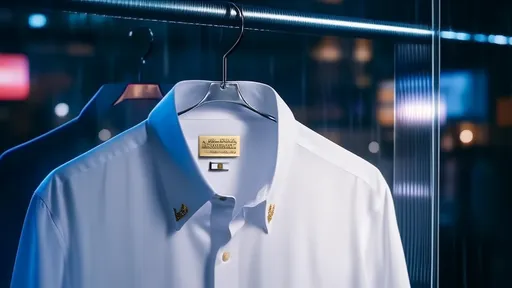
By /Jul 16, 2025

By /Jul 16, 2025
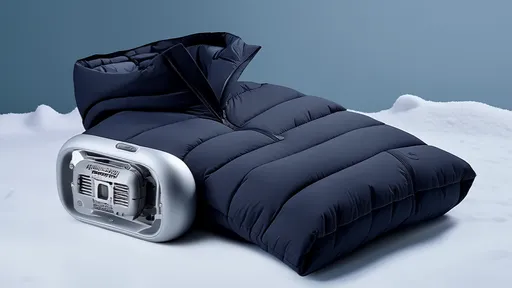
By /Jul 16, 2025
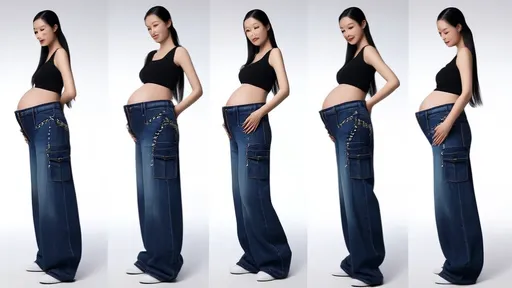
By /Jul 16, 2025
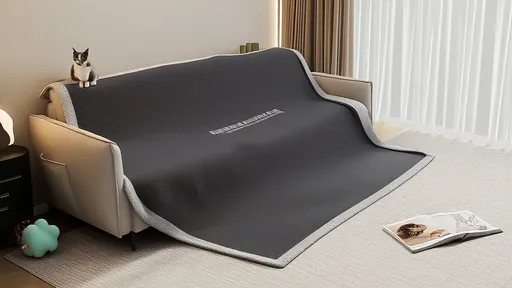
By /Jul 16, 2025
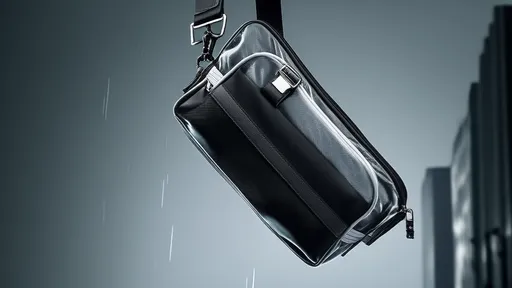
By /Jul 16, 2025

By /Jul 16, 2025

By /Jul 16, 2025

By /Jul 16, 2025